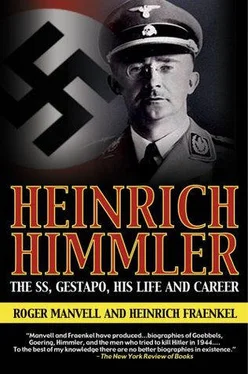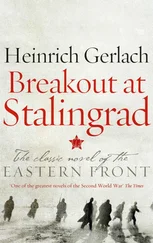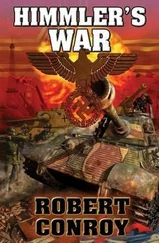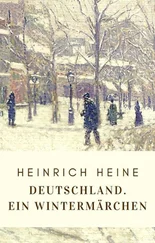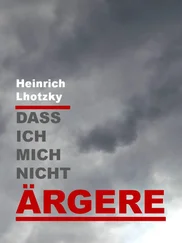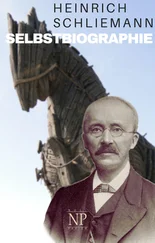The students’ revolt in the University of Munich followed in February 1943, very soon after the series of trials of the Rote Kapelle agents. The students were led by Hans Scholl, a medical student, and his sister Sophie, and they distributed anti-Nazi propaganda not only in Munich but in universities elsewhere in Germany. A vicious speech made by the Gauleiter of Bavaria, Paul Giesler, in which he insulted the women students by ordering them to produce illegitimate children with the help, if necessary, of his adjutants, led to open demonstrations in the University and in the streets of Munich. But Hans and Sophie Scholl were betrayed and, after being tortured by the Gestapo, they were tried by Roland Freisler, Hitler’s counterpart to the notorious seventeenth-century British Judge Jeffreys, and condemned to death along with others who had supported them. According to Hassell, the former ambassador who became a member of the German resistance movement, Himmler was driven to order a stay of execution in March in order to avoid turning his victims into martyrs, but in fact he hesitated so long in making up his mind that his order arrived too late to save them.
The challenge from the Jews themselves to Himmler’s authority came from the Warsaw Ghetto, an area of some two and a half square miles in the city, containing the medieval Ghetto. 9Round this the Nazis had built a high wall, and herded into this besieged and starving community a vast population of some 400,000 Polish Jews. In March 1942 Himmler outlined his initial scheme for the partial resettlement of the Polish Jews in a speech the full text of which does not survive; 10there had been over three million Jews in Poland when Germany had begun the invasion, and though large numbers had fled east or been killed by the Action Groups, some two million still awaited death, including those in the Warsaw Ghetto.
When the policy of extermination came into full force during the summer of 1942, Himmler ordered the total ‘resettlement’ in concentration camps of the Polish Jews; the result was that between July and October over three-quarters of the Warsaw Ghetto’s inhabitants were transported to camps and asphyxiated, most of them at Treblinka, the death-camp some sixty miles away. This number was as much as the limited transport or inadequate gas-chambers would allow. In October Himmler decided to turn the Ghetto itself, now reduced to some 300,000 square yards with some 60,000 survivors, into a concentration camp, but in January 1943, by which time a million Jews had been killed in six months, he spared the time to make a surprise visit to Warsaw to investigate the black market in Jewish labour which he had learned was now common practice, involving the S.S. and businessmen alike. It was, of course, inevitable that Globocnik himself was involved, the builder’s foreman whom Himmler in 1939 had misguidedly reinstated as Higher S.S. Leader and Chief of Police for the Province of Lublin after his period of disgrace for illegal speculation. Himmler discovered that 24,000 Jews registered as armaments workers were in fact working illegally as tailors and furriers. He was filled with righteous indignation: ‘Once more I set a final term for the resettlement: 15 February’, he ordered.
The first revolt in the Ghetto began on 18 January, four days after Himmler’s visit. The Jews involved in planned resistance had for long been engaged in smuggling arms from the outside world, and combat groups fired on and killed S.S. men and militia in charge of a column of deportees. This moment of resistance was suppressed with heavy casualties, and Himmler determined that the Ghetto must as soon as ever possible be totally destroyed.
In April S.S. Lieutenant-General Stroop, the police chief in Greece, was sent by Himmler to Warsaw to evacuate the 56,000 Jews still congregated in the restricted area of the Ghetto. He entered with armoured cars on 19 April, and to his utter surprise he found that the Jews were able to put up a resistance that lasted for thirty-three days. To oppose the Jewish combat units Stroop had a very mixed force of some 2,000 men, many untrained as soldiers, and made up of Poles and Lithuanians as well as two training battalions of the Waffen S.S. Himmler, angered once more by these open signs of resistance, ordered that the Ghetto be treated as partisan territory and combed out ‘with ruthless tenacity’.
Gradually the Jews, both armed and unarmed, were rounded up; section by section the area was taken and the buildings destroyed. Refugees and partisans were either flooded or smoked out of the sewers, and the Jews not already killed or needed for immediate work were sent to Treblinka to be gassed. The Ghetto area became a stretch of charred and burning debris in which the last victims strove to hide. By 16 May Stroop regarded the action as completed, and the ostentatious report he prepared for Himmler entitled The Warsaw Ghetto is no More , still survives; it is typed on paper of the finest quality and, accompanied by many photographs, bound in leather for preservation. Himmler’s response was to order the destruction of all ghettoes; the debris of the Warsaw Ghetto was to be levelled to the earth and the area turned into a park. It was not until September 1944 that the action against the other Polish ghettoes was finally completed.
Himmler described the action in the Warsaw Ghetto in a speech made shortly afterwards. 11
‘I decided to destroy the entire Jewish residential area by setting every block on fire, including the blocks of residential buildings near the armament works. One block after the other was systematically evacuated and subsequently destroyed by fire. The Jews then emerged from their hiding places and dug-outs in almost every case. Not infrequently, the Jews stayed in the burning buildings until, because of the heat and the fear of being burned alive, they preferred to jump down from the upper stories after having thrown mattresses and other upholstered articles into the street. With their bones broken, they still tried to crawl across the street into blocks of buildings which had not yet been set on fire or were only partly in flames. Some of the Jews changed their hiding places during the night, by moving into the ruins of burnt-out buildings, taking refuge there until they were found by our patrols. Their stay in the sewers also ceased to be pleasant after the first week. Frequently we could hear from the street loud voices coming through the sewer shafts. Then the men of the Waffen S.S., the Police or Wehrmacht Engineers courageously climbed down the shafts to bring out the Jews and not infrequently they stumbled over Jews already dead, or were shot at. It was always necessary to use smoke candles to drive out the Jews. Thus one day we opened 183 sewer entrance holes and at a fixed time lowered candles into them, with the result that the bandits fled from what they believed to be gas to the centre of the former Ghetto, where they could then be pulled out of the sewer holes. A great number of Jews, who could not be counted, were exterminated by blowing up sewers and dug-outs.’
On 23 March 1943, Dr Korherr, who acted as the statistician of Jewish resettlement for Himmler, presented him with a report entitled The Final Solution of the Jewish Question , which contained the figures up to the end of 1942. According to Korherr, omitting Russia and Serbia, 1,873,549 European Jews had by then either died, emigrated or been deported, including the victims of Himmler’s ‘special treatment’. Himmler expressed his satisfaction with the report, ordered the omission of any reference to ‘special treatment’, and added that he regarded the report as ‘extremely good as camouflage’, though ‘at present it must neither be published nor communicated to anyone’. 12
Читать дальше
